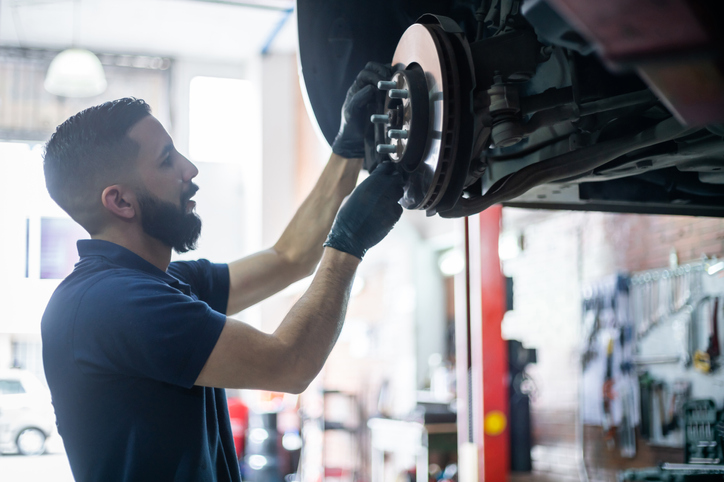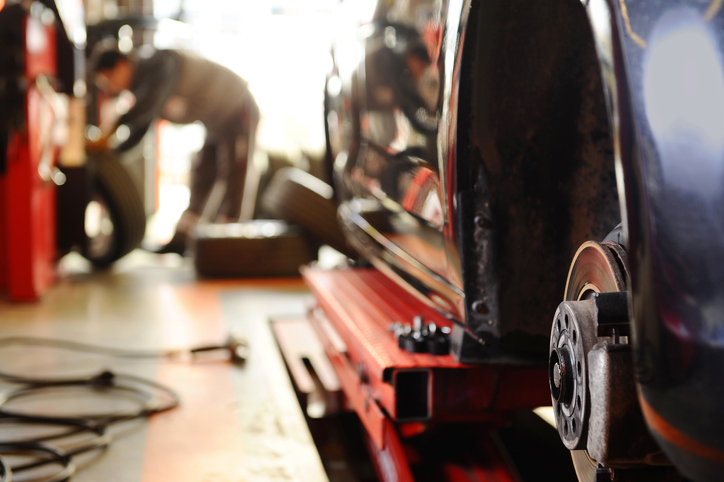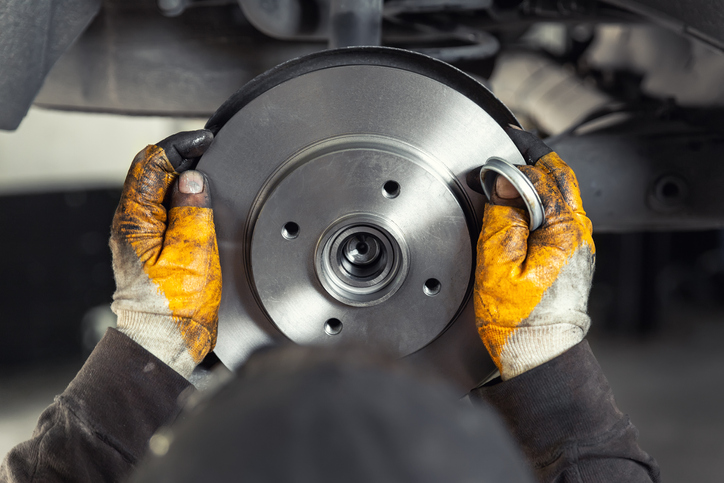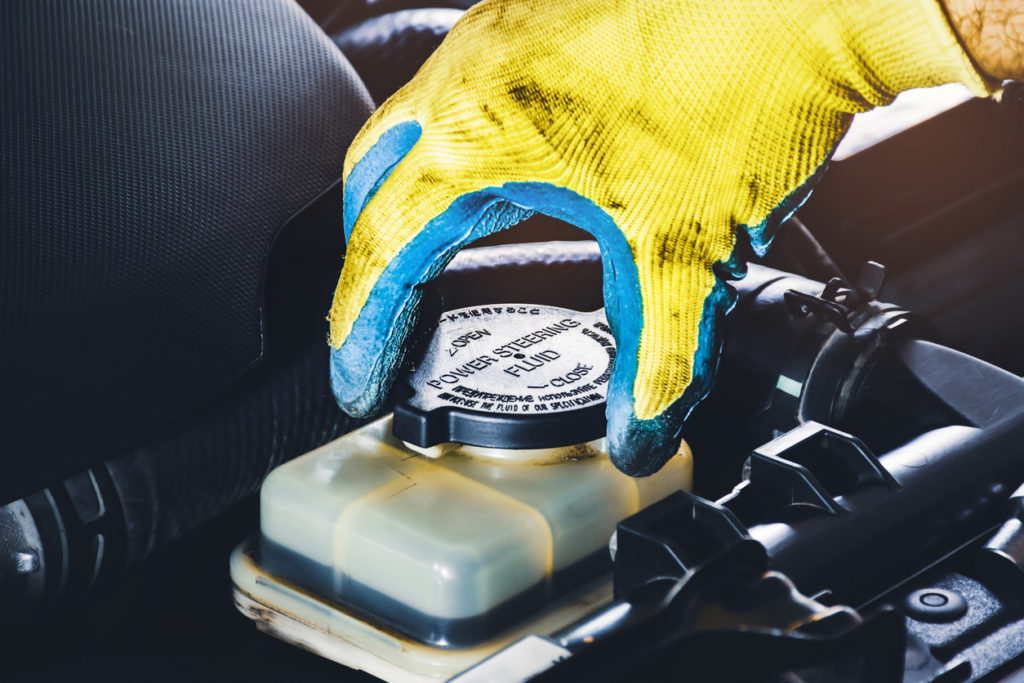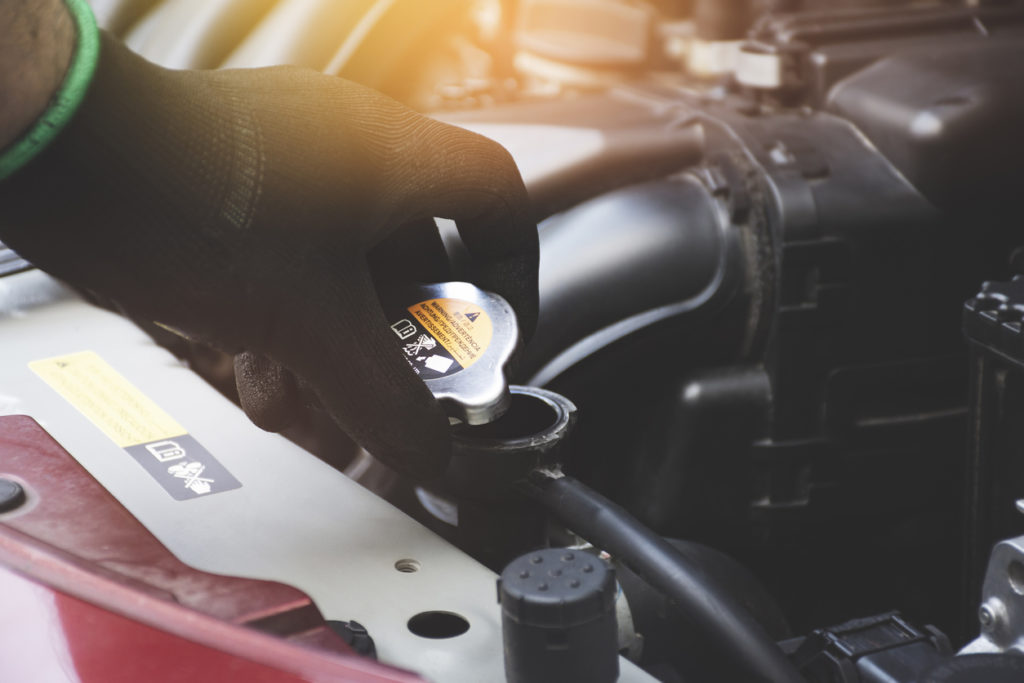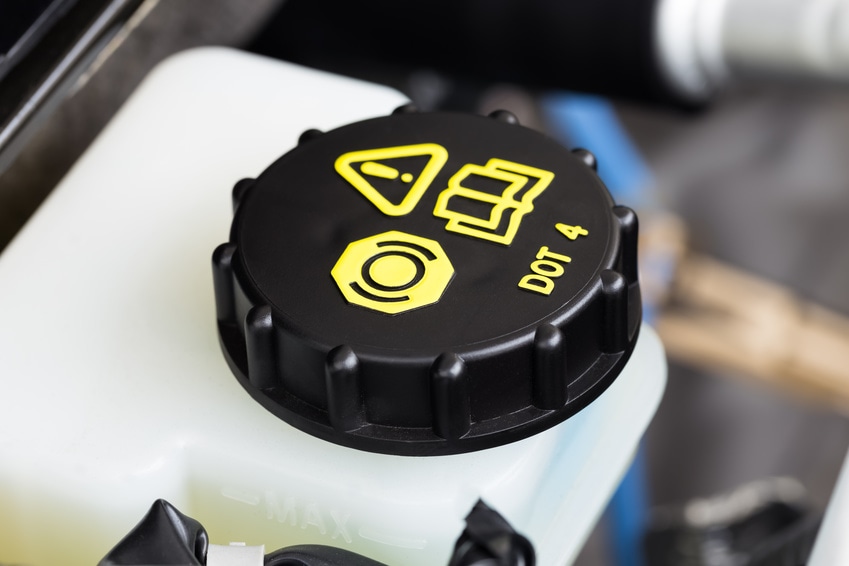Could your car use some extra stopping power? A brake kit could be the answer. Designed as an off-the-shelf, out-the-box solution, these handy kits have everything you need to upgrade your car’s braking system.
But are brake kits really all they’re cracked up to be? And what should you consider before parting with your cash?
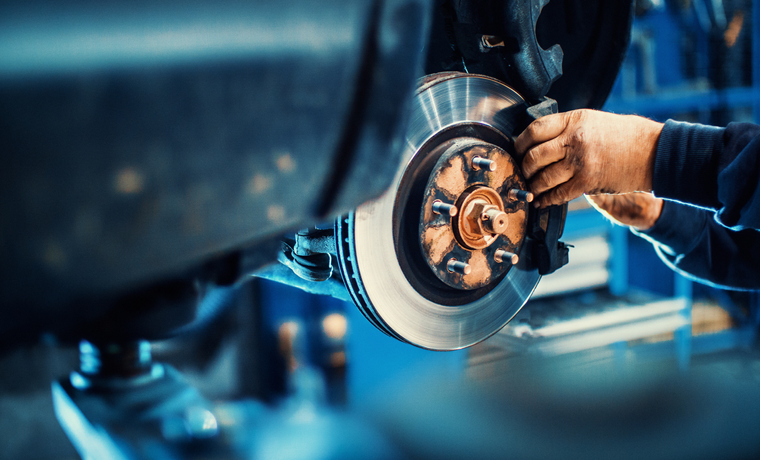
In this guide, we’re taking an in-depth look at what brake kits are and how they can benefit your car. We’ll also list some of the key things to consider, as well as what to avoid.
Quick Links
- What is a Brake Kit?
- How Much Do Brake Kits Cost for a Car?
- Are Car Brake Kits Safe?
- How Do You Fit a Brake Kit?
- What is a Big Brake Kit?
- Essential Tips for Buying a Brake Kit
What is a Brake Kit?
A brake kit is a multi-part kit that lets you upgrade your car’s brakes for a fixed price. Containing pads, callipers, and discs, they’re an out-the-box solution that provides everything you need to upgrade your car’s brakes.
Car brake kits have a range of applications, including daily driving and more specialised uses. For example, you can buy kits that improve brake performance for general use, as well as high-performance versions that are designed for track driving only. You can even get brake kits for very specific purposes, such as pulling trailers and heavy loads.
Typically, a standard brake kit will contain callipers, discs, and pads, as well as instructions on how to fit them to your car. More specialist kits may have other components like wear sensors, brake fluids, and rotor rings; it all depends on what they’ll be used for.
Right now, you can buy brake kits for daily driving, performance, track-only, heavy-duty, and commercial use. Not all brake kits will be compatible with your car, however, so you need to do your research and read up about all the different options before you decide to buy.
How Much Do Brake Kits Cost for a Car?
The cost of a brake kit will depend on the make and model of your car, the type of brake kit itself, and whether you need to have it professionally fitted.
Typically, a complete kit intended to improve daily use will cost anywhere in the region of £250 to £800. But if you want a high-performance kit, you could be looking at over £1,000.
If you’re confident working on your own car, fitting a brake kit yourself is the best way to save on costs. A professional mechanic should be able to help with the installation process but will charge for their time and labour, as well as for additional fluids and parts needed as the job progresses.
In short, it’s difficult to give an accurate estimation of how much a brake kit will cost. With a range of factors to consider, you’ll need to do your research to establish whether it’s worth your time and money.
Are Car Brake Kits Safe?
On the whole, car brake kits are very safe – provided you buy from a reputable dealer and fit them to a high standard.
Always buy brake kits from well-established brands with a solid history of supplying car parts for the consumer market. Some of the big names to look for in the world of brake kits are Brembo, StopTech, Hawk Performance, Goodridge, and EBC Brakes.
As well as these aftermarket producers, you may also be able to buy brake kits direct from your car’s manufacturer. OEM brake kits are expensive and not that readily available, but if you can get a hold of one for your car it may be the best and most reliable option.
Only ever buy brake kits from trusted vendors with plenty of customer reviews to back up their offering, quality, and service. Don’t be tempted to scrimp; if the price for a kit sounds too good to be true, it most definitely will be. The safety and quality of your car’s brakes aren’t something you’ll want to cut corners on.
How Do You Fit a Brake Kit?
The complexity of fitting a brake kit will depend on the type of kit you buy, with some requiring more assembly than others. Your skill level and knowledge of braking systems will also affect how long the process takes.
The most important thing to remember when fitting a car brake kit is to read all the instructions carefully before you start. You should also double-check that you have all the right components and that none are damaged; do this before you start removing old brake components from your car.
Generally, brake kits are well packaged and labelled, so you should easily be able to lay out each part in the order that it needs installing. Keep your workspace as organised as possible to ensure that no components get missed during installation.
When removing old parts from your car, it can be useful to compare them to their new replacements. This will give you the confidence that the new kit is fully compatible and that the components are going to serve as a well-fitting replacement.
Always follow the instructions to the letter when installing brake components, checking each step carefully before moving on to the next. That way, you’ll have fewer adjustments to make later on and can guarantee maximum safety and performance.
The instructions provided in the kit should be ample for installing the brake kit successfully. But if you’re in any doubt, seek help and advice online or visit your local mechanic.
What is a Big Brake Kit?
If you’re looking for a premium, no-nonsense way to get your car stopping faster, a big brake kit could be what you’re looking for. These systems take standard brake kits to the next level, guaranteeing performance increases that will transform how your car handles out on the road.
Big brake kits emerged because of increased demand for performance car parts, particularly for track-day and street performance purposes. Manufacturers such as Brembo, StopTech and EBC are best known for these advanced brake kits, which comprise of beefier discs, pads, and callipers.
Because of the size and weight of the components contained in big brake kits, you need to make sure they’re balanced between both axles. Otherwise, you could encounter a whole array of problems that may affect how your car handles and performs on the road.
Essential Tips for Buying a Brake Kit
Decided that a brake kit is something you’d like for your car? Read our essential tips for buying a brake kit below:
- Before you buy, speak to a third-party specialist about your requirements; this can be a brake manufacturer, car parts supplier, or your local mechanic. They’ll be able to advise on the best kits to suit your needs and budget.
- Only ever buy brake components from trusted vendors and suppliers. Instead of basing your search on price, look for reviews on quality and service.
- Unless you’re already lucky enough to have a well-stocked workshop brimming with tools and equipment, fitting a brake kit could cost you a whole lot more in terms of materials and tools needed for installation. So, factor this into your total budget.
- Be realistic about how much braking performance you need. For example, fitting a high-performance big brake system doesn’t make sense if your car doesn’t have the power and speed to match. Find the kit that best meets your car’s overall performance.
We hope this need-to-know guide has filled you in on everything there is to know about car brake kits. If you’re ready to commit to an aftermarket brake upgrade, make sure your new braking system is running at its best with Prestone DOT 4 Brake Fluid. With a high boiling point and maximum corrosion protection, our high-performance brake fluid can help keep your brakes working at their best for longer. To learn more, visit the homepage.

